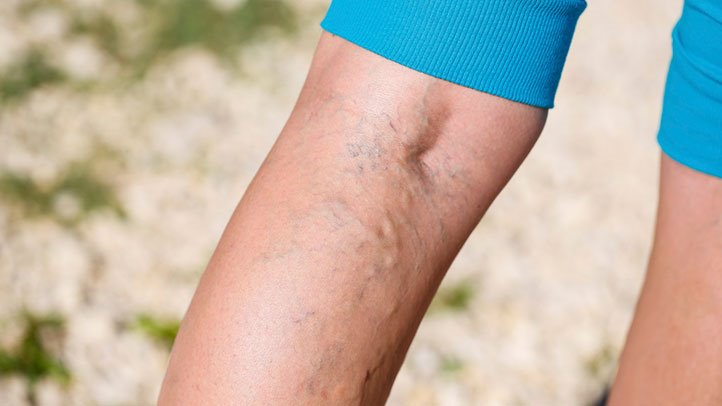
When it comes to the intense, heart-pounding CrossFit/functional fitness workouts, you’re likely to get your heart rate up to levels you have never before reached. Which means that your blood will be pumping through your body fast! CrossFit strengthens not just your heart muscle but the integrity and flexibility of your arteries and veins too. But what if you are one of the 23% of Americans with varicose veins? Should you be wary of the stress a CrossFit workout places on your circulatory system?
For most, varicose veins are simply an aesthetic blemish which can be covered up or treated with specialty therapies. Or simply not worried about. However, there is cause for concern if you have underlying vein disease and don’t understand exactly how it is caused or what activities to avoid. Don’t miss this quick guide to varicose veins and how CrossFit and functional fitness workouts affect them:
What are varicose veins?
Varicose veins are the enlarged, somewhat gnarled or ropy-looking veins that protrude from the body (most often in the legs and feet) when you have an underlying vein disease. Spider veins, or the less protrusive but even darker and more widespread veins you may see right under the skin, are also symptomatic of vein disease.
What causes varicose veins?
Have you ever thought about how exactly your body gets blood from your feet and legs circulated all the way back to your heart? Working against the force of gravity? While a strong heart does play a critical role in pumping blood for consistent circulation, there are other smaller but significant factors at work too.
Tiny valves (or flaps) in your veins work in tandem with muscle contractions and sturdy but flexible vein walls to pump blood upwards and then hold it there so it can’t flow back down. This happens over and over and slowly but surely, blood is transported back to the heart to be recirculated by your arteries.
What happens when your veins lose elasticity though? Or the tiny vein valves simply aren’t able to close in time to prevent blood from flowing back down? Two words – venous reflux. When blood is pumped up through a vein and then even a little flows backward before the valve can shut again, it can collect and pool in the vein. To compensate, the body might try and widen the vein which leads to thicker, darker, bulgier varicose or spider veins.
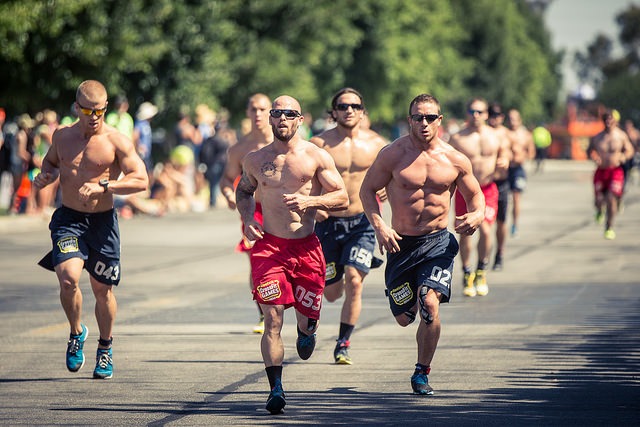
Are there risks associated with varicose veins?
People with varicose veins may barely notice them on a day to day basis while others may actually experience symptoms including a swelling of the legs, cramping, a dull aching or throbbing, heaviness, and in some cases, even extra-dry or itchy skin around the site of the veins.
While rarer, actual skin damage can occur due to vein bleeding or ulcer formation. The skin around the veins may thicken and become discolored. People with varicose veins are also at risk for blood clots in the legs associated with deep vein thrombosis.
While millions of people develop varicose veins over their lifetimes, there are certain factors that increase the likelihood including age, pregnancy, sex (women are at increased risk due to hormonal changes), genetics and family history, as well as obesity and the amount of time you spend sitting or standing.
How does exercise affect varicose veins?
There are popular myths out there that activities like running can cause varicose veins but it’s important to note that the research goes back and forth. Many experts believe that running and high-intensity training like CrossFit can actually strengthen leg and calf muscles to support better blood circulation. You may want to take some precautions though if you have varicose veins and plan on this type of exercise:
-
Wear compression sleeves like nurses and flight attendants do because of excessive sitting or standing on the job. Compressing the tissues during your workout can push your body to use deeper blood vessels and improve circulation.
-
Elevate your legs after a workout when you are cooling off to give the upward flow of blood back towards your heart a supportive push.
-
Do calf-strengthening exercises to reinforce lower leg muscle contraction which aids the upward transit of blood from your feet to your heart.
-
Talk to your doctor. Don’t ignore your varicose veins, especially if they are accompanied by any symptoms like swelling, aching, or throbbing. There are lots of noninvasive treatments these days that can take care of troublesome veins and give you peace of mind.
-
Incorporate spurts of aerobic activity like running and weightlifting into any CrossFit session that includes sit-ups, crunches, lunges, or lengthy posturing (like yoga).






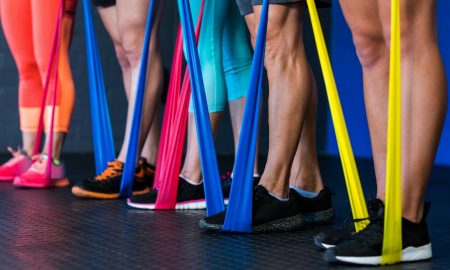
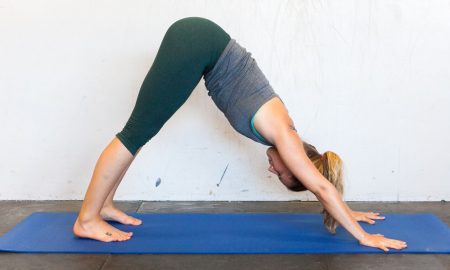

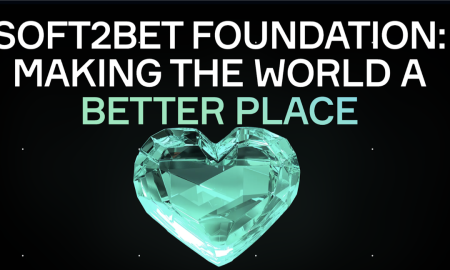








Follow Us